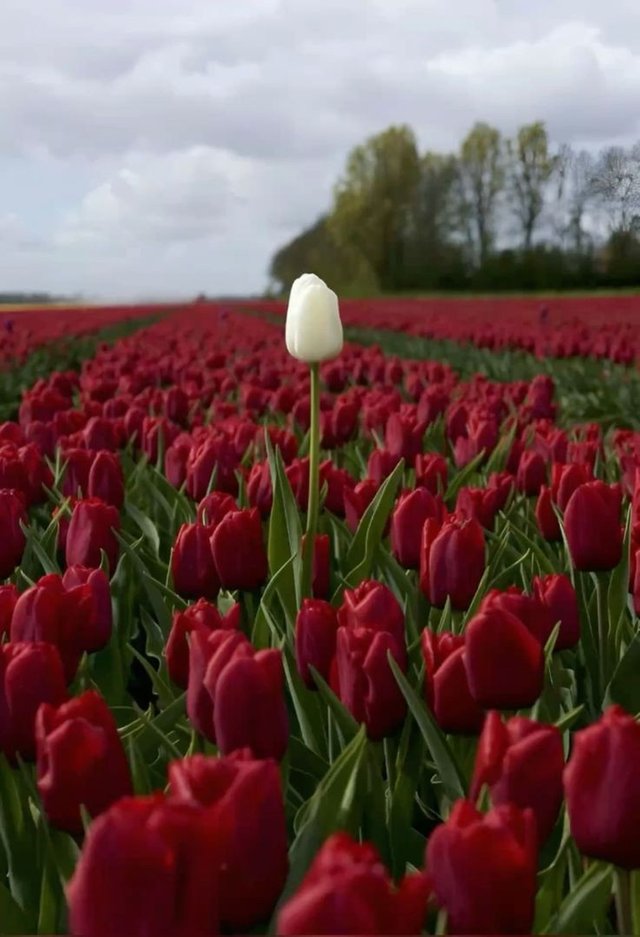All about Tulip
Iowa State University Extension and Outreach
Menu
Yard and Garden
Care and How-Tos
All About Tulips
Tulips (Tulipa spp.) are the quintessential spring blooming bulb. The wide range of colors, sizes, and patterns make them a spring favorite for Iowa gardeners. Learn more about these fascinating plants, including information on planting, caring, transplanting, dividing, and forcing, as well as information on how to select the best kind of tulip for your garden, how to deal with problems that may arise, how to use them as cut flowers, and the unique history and cultural impact this bloom from the mountains of central Asia has on gardeners.
Types | Selection | Perennial or Annual | Growing Conditions | Planting | Care | Transplanting & Division | Cut Flowers | Forcing | Potential Problems | History | FAQs | More Information
Large planting of diverse tulipsSpecies, Classes, Divisions, and Types
Tulips are favorites of Midwest gardeners, but we often fail to appreciate the diversity of these spring-flowering bulbs. Tulips vary tremendously in flower and plant size, bloom period, shape, and color.
Learn about all of the different types of tulips available for your garden in this article: Types of Tulips for Home Gardens.

Selection
Select Tulips from Different Divisions for a Long Bloom Period
Tulips have a wide range of sizes, colors, and bloom times. Plants can be as short as 4 to 6 inches and as tall as 30 inches when in bloom. While red is a classic tulip color, flowers may also be pink, white, yellow, purple, orange, and many shades in between. Petals can have solid colors or patterns in contrasting colors. Bloom times vary as well with some tulips blooming early in the spring season during and or just after the daffodils open to much later in the season along with lilacs and other mid to late spring blooms. With proper selection, you can have tulips in bloom in your garden from early to mid-April until mid to late May, depending on the spring weather conditions.
Tulips interplanted in a perennial borderSelecting High-Quality Bulbs
When purchasing tulips, select only firm, solid bulbs for planting. Avoid bulbs that are shriveled or lightweight. Bulbs discolored by mold or containing soft spots should also be avoided. Size matters when selecting bulbs. The bigger the bulb, the better the flower display. Smaller bulbs often bloom, but you get more bang for your buck with larger ones.
Spring-flowering bulbs can be purchased as early as late August. Often for the best selection, you have to shop early. Tulip bulbs purchased in late summer should be stored in a cool, dry place (such as a garage or basement) until they can be planted in fall.
Perennials or Annuals
Most modern tulip cultivars bloom well for only 3 or 4 years. These include the popular, large-flowering tulip divisions like single and double early, single and double late, triumph, parrot, and fringed types. Their vigor declines each year, eventually leading to plants with leaves and no blooms. For this reason, these tulip types are often treated as annuals. They are planted each fall with the intent of replacing them. After bloom, bulbs can be removed and composted. The following October, new and different cultivars can be planted to provide a completely different show the following spring.
However, some tulip types (classes) bloom well over a longer period. These varieties make better long-term additions to the garden and will bloom each season reliably. Learn more about the best perennial-type tulips in this article.